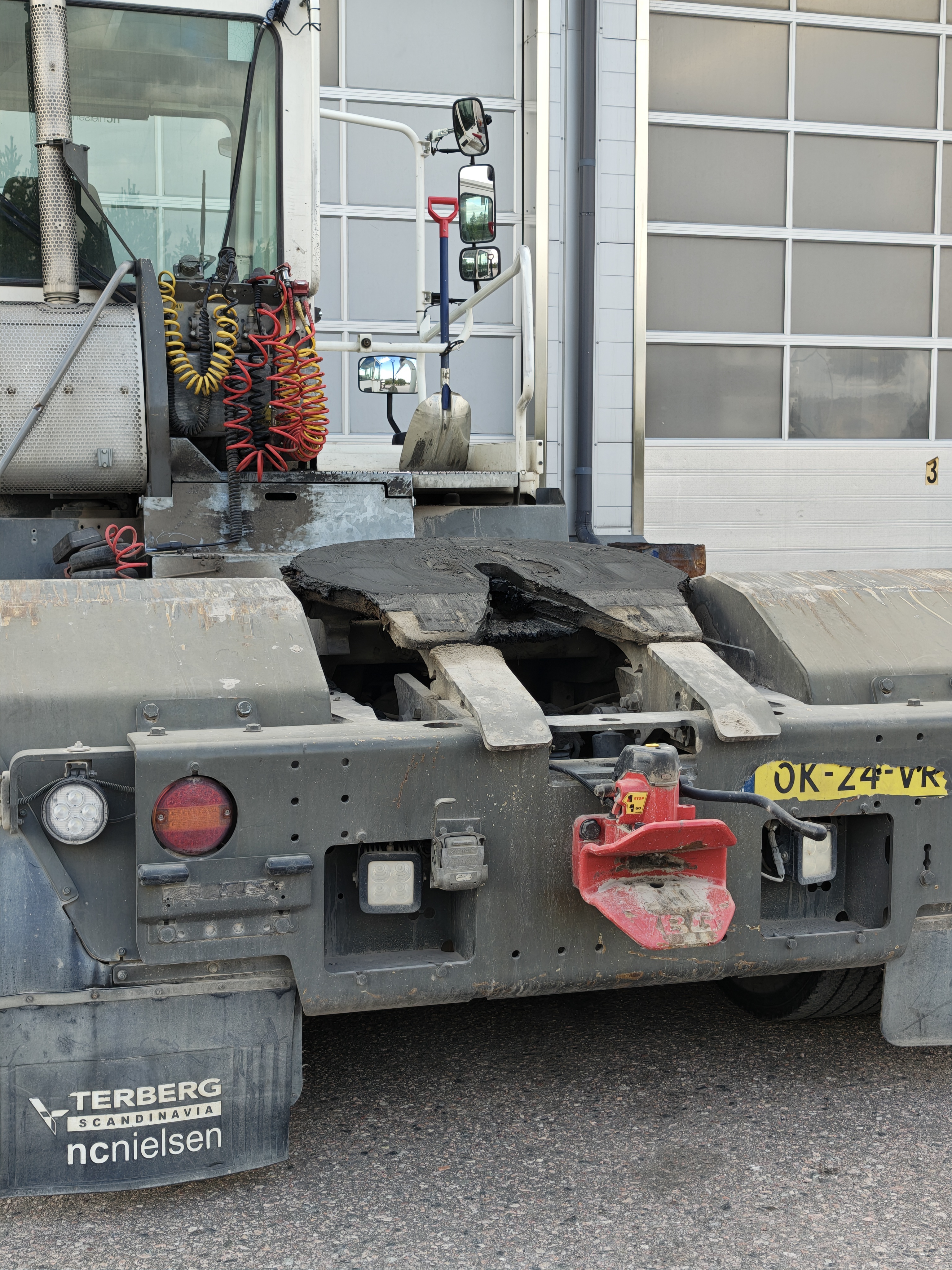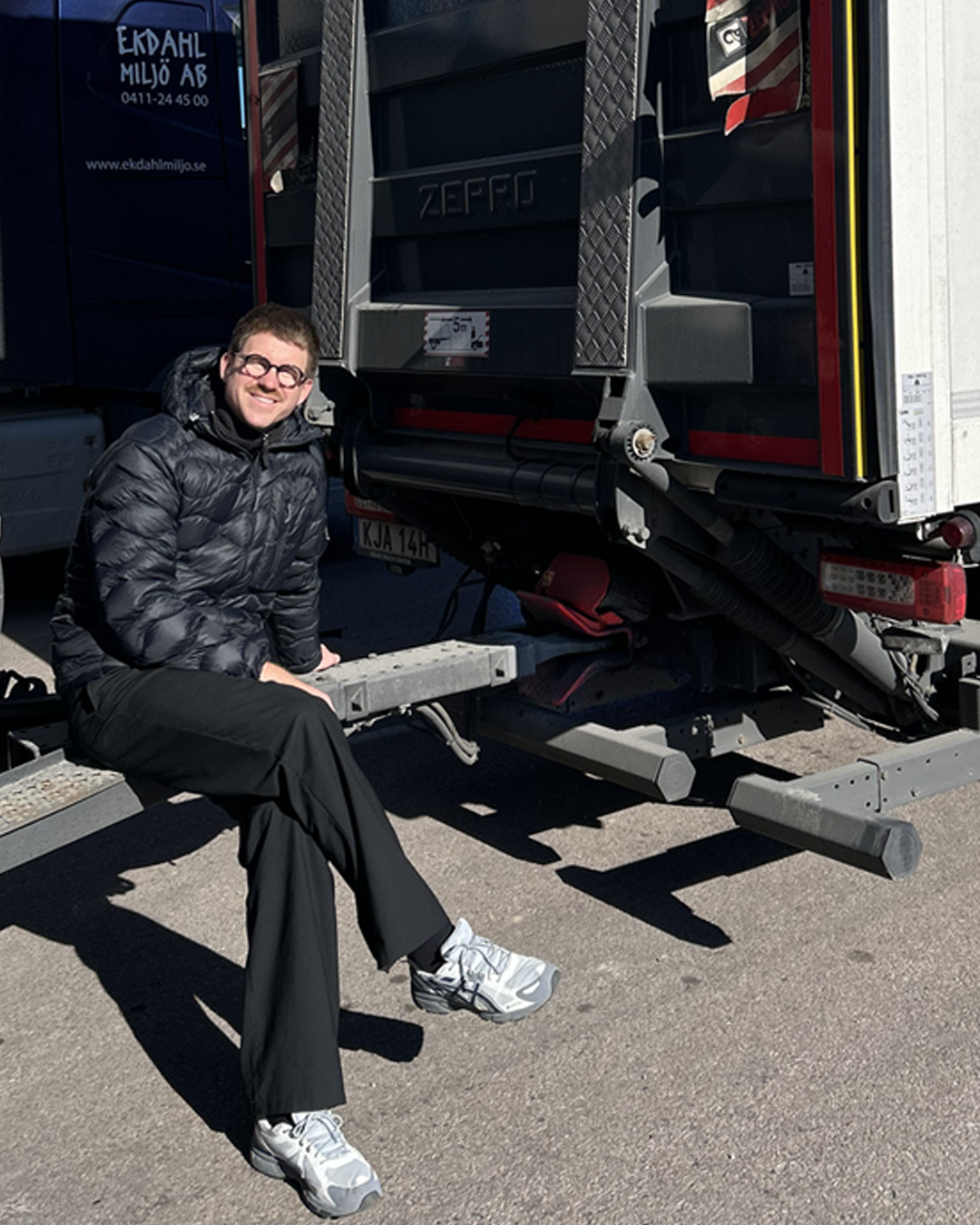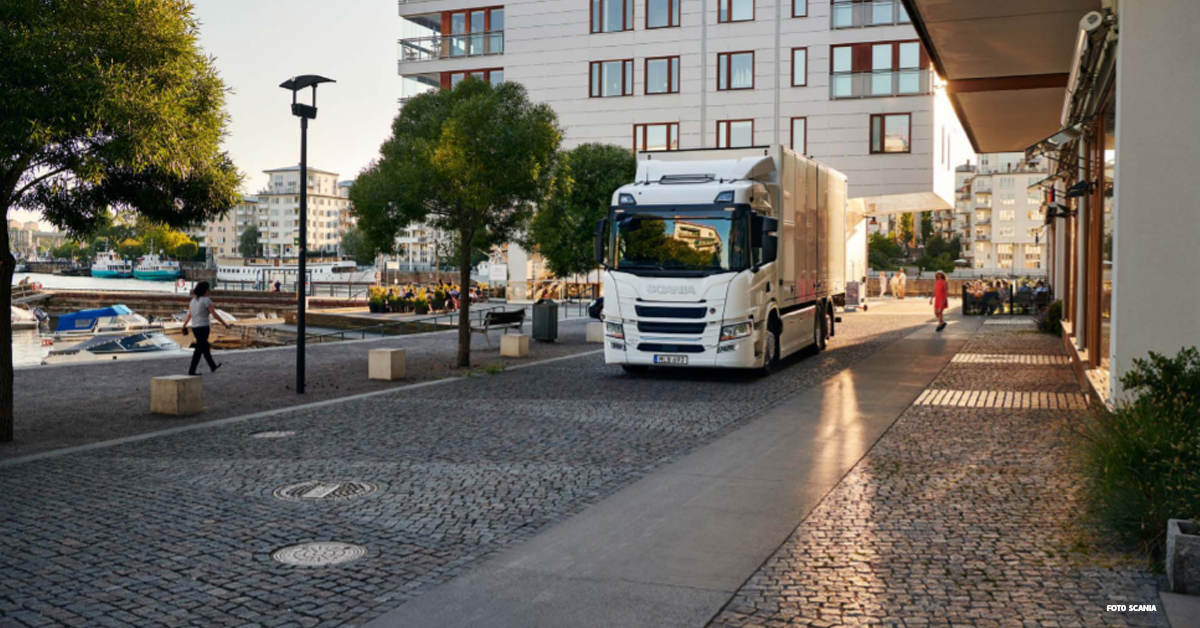Future Freight Transport – Urbanisation and Electrification
Electrification and smart distribution solutions that include HCT are needed for further developing freight transport in order to meet the requirements for reducing emission levels. The Swedish Commission for Electrification is investing in collaborations between operators, while in Oslo an exciting project initiated by DB Schenker is underway.
Electrification of freight transport
There is a great deal of confidence in the electrification of freight transport. To accelerate development, the Swedish government has established the Commission for Electrification. The Commission’s main task is to accelerate the electrification of freight transport.
An analysis by the Commission shows that three quarters of goods transported domestically never leave the county where the transport starts. Based on this, there should be good possibilities for transitioning regional freight transport to electric power.
How quickly can we transition to electrified freight transport?
The transition needs to happen quickly for Sweden to achieve its goal of net zero greenhouse gas emissions by 2045. Although the goal relates to greenhouse gas emissions from several sectors, including the transport sector, virtually all sectors need to achieve zero emissions by 2045.
"Three quarters of goods transported domestically never leave the county where the transport starts."
Various technical solutions exist for the electrification of freight transport, but I don’t think there’s a solution that meets all needs. With regard to freight transport, the needs differ depending on whether the transport is local, regional or long-distance. We need to understand the transport client and the transport system that will be used in order to identify the right solution, and perhaps we shouldn’t only select one but consider multiple solutions.
Is collaboration the solution?
The Commission for Electrification has brought together 252 operators from industry, the business community, municipalities, regions, academia, and others, to jointly and individually support a number of electrification pledges. These pledges are to some extent time-limited, fairly easy to understand, and they span all areas such as transport clients, vehicle technology, infrastructure, and charging infrastructure, which are required to get a fully functional solution within each region. I believe we can achieve this! We must have the courage to take steps together to turn the trend around.
Electrified night-time transport
When we have electrified our freight transport in a few years’ time, are there other positive effects that we will experience besides reduced emissions?
In urban environments, freight transport is restricted to certain times of the day to keep noise levels from internal combustion engines down. But this also results in freight transport sharing the road with other road users during the time of day it is permitted. Imagine if urban freight transport would only take place during times of the day when there are only a few pedestrians, cyclists and other vehicles on our streets. In other words, at night, when we are mostly in our homes. Transport would be finished by the time we wake up and go to work, school or shopping in town.
Urban environments already have good conditions for electrified freight transport. Transport takes place locally and routes are optimised in relation to their depots where charging also takes place.
Oslo City Hub – an initiative for emission-free distribution
In Oslo, a very interesting initiative is underway through Oslo City Hub. An initiative in which DB Schenker is testing the possibility of achieving 100% emission-free distribution of packages <35kg within Ring 3, i.e. the central parts of Oslo. DB Schenker started operating there in 2019, and has since more than doubled the size of its parcel handling and distribution depot. The depot, which is very centrally located in the Oslo port area, receives parcel goods via large trucks from its major logistics centres around Oslo. All transport leaving the depot is by electric vehicle. The vehicles are in a variety of classes from medium-sized electric trucks to electric three-wheelers. Most of the distribution is carried out by light truck with a vehicle weight up to 3500kg. This type of vehicle has proven to be the most cost-effective and, to some extent, resolves the issue of driver shortages since qualified personnel are easier to come by as the vehicle only requires a category B driving licence.
In parallel, other operators such as DHL and Bring/Posten have established similar operations in the same area. Their operations are growing, so this is probably something that can become a trend and which these operators truly believe in, even if it is currently seen as a long-term investment.
Vehicle manufacturers advancing electrified transport
Our Swedish vehicle manufacturers Volvo and Scania are working tirelessly towards electrification and taking major strides in advancing the work towards sustainable transport through electrification, as well as by creating opportunities for HCT, which we have written a lot about in previous blogs. Einride is another Swedish truck manufacturer that has made excellent progress regarding electric vehicles. Together with Volvo and Scania, Einride is one of the 252 operators contributing to the Commission for Electrification’s efforts. Einride only has electric trucks, and the company’s concept places emphasis on TaaS (Transport as a Service), which is an interesting solution where you as a transport client receive a complete service that includes vehicles, charging infrastructure, route planning, etc.
Would we not see results in Sweden with similar initiatives like Oslo City Hub? A smart combination of efficient HCT combinations for long-distance transport between logistics centres and electrified regional transport from logistics centres to a centrally located hub in our urban environments. Then onward distribution to the final recipient according to Oslo’s model.
Recommended reading

The transition enters its next phase – Future outlook 2026

Field tested reliability - VBG shunting coupling at Raskaspari Trailer Service Oy


